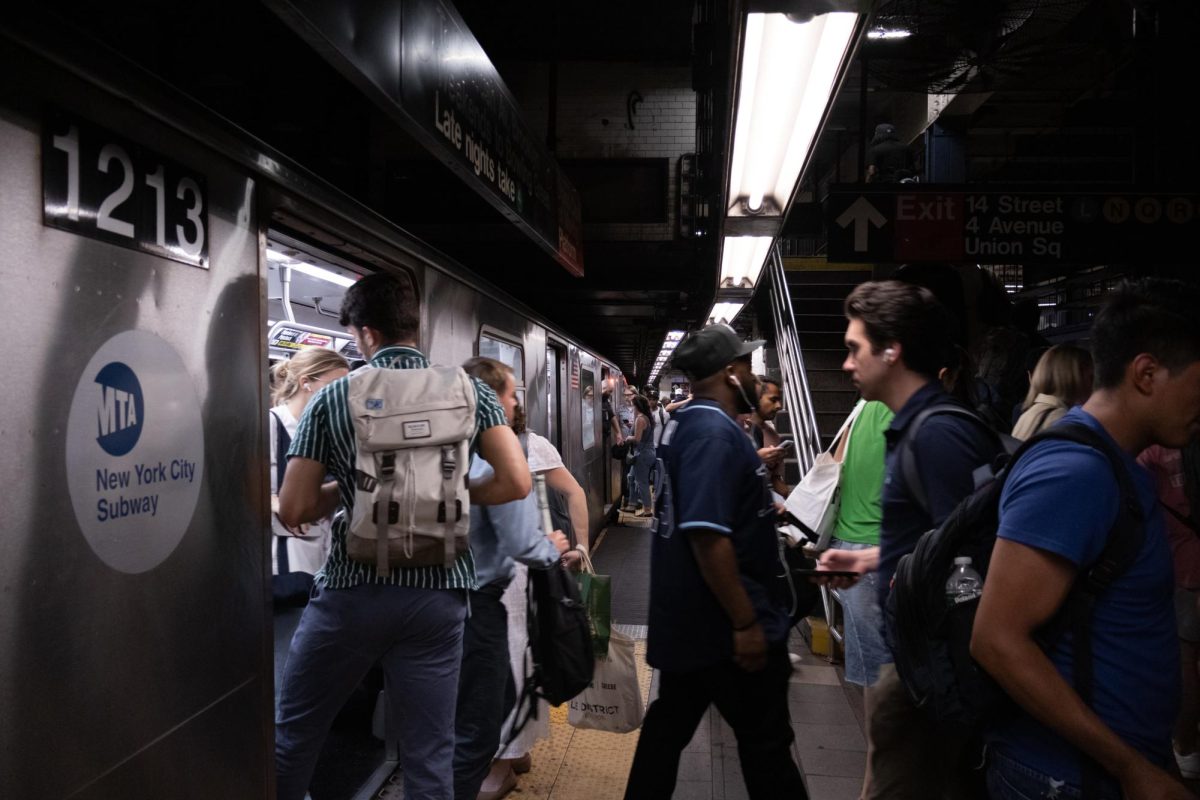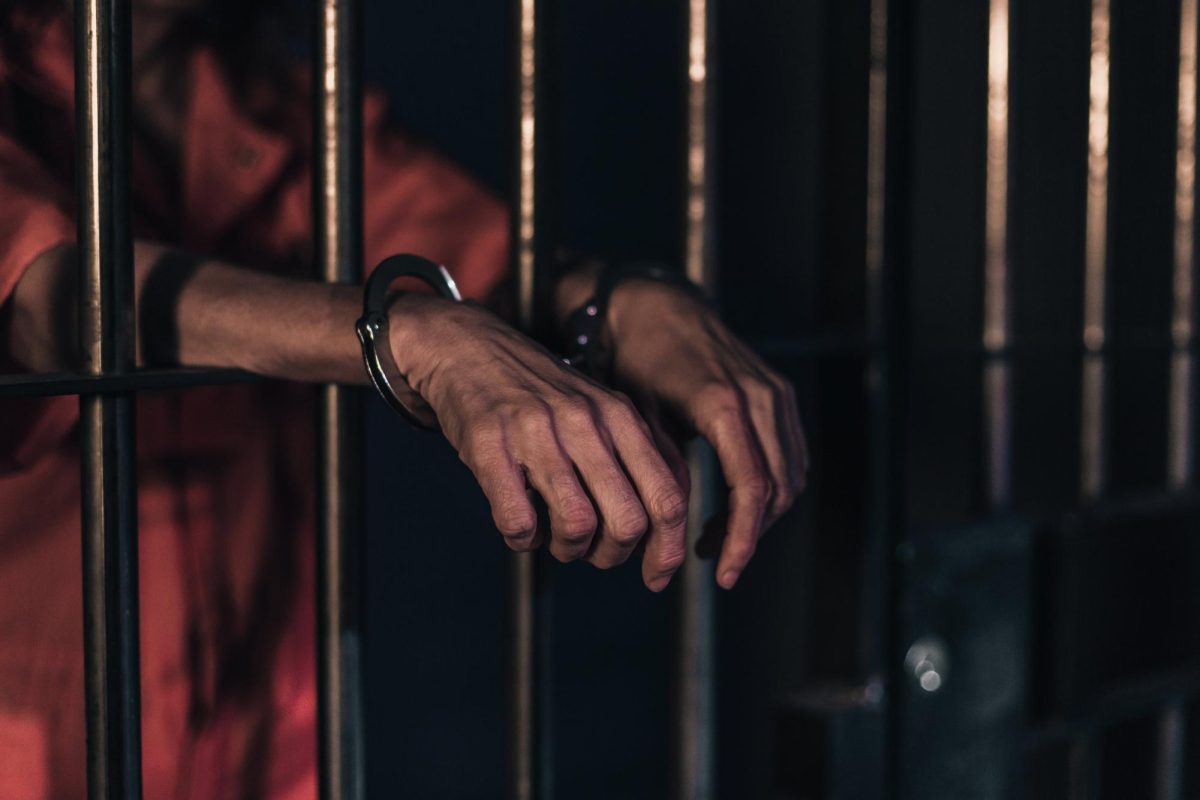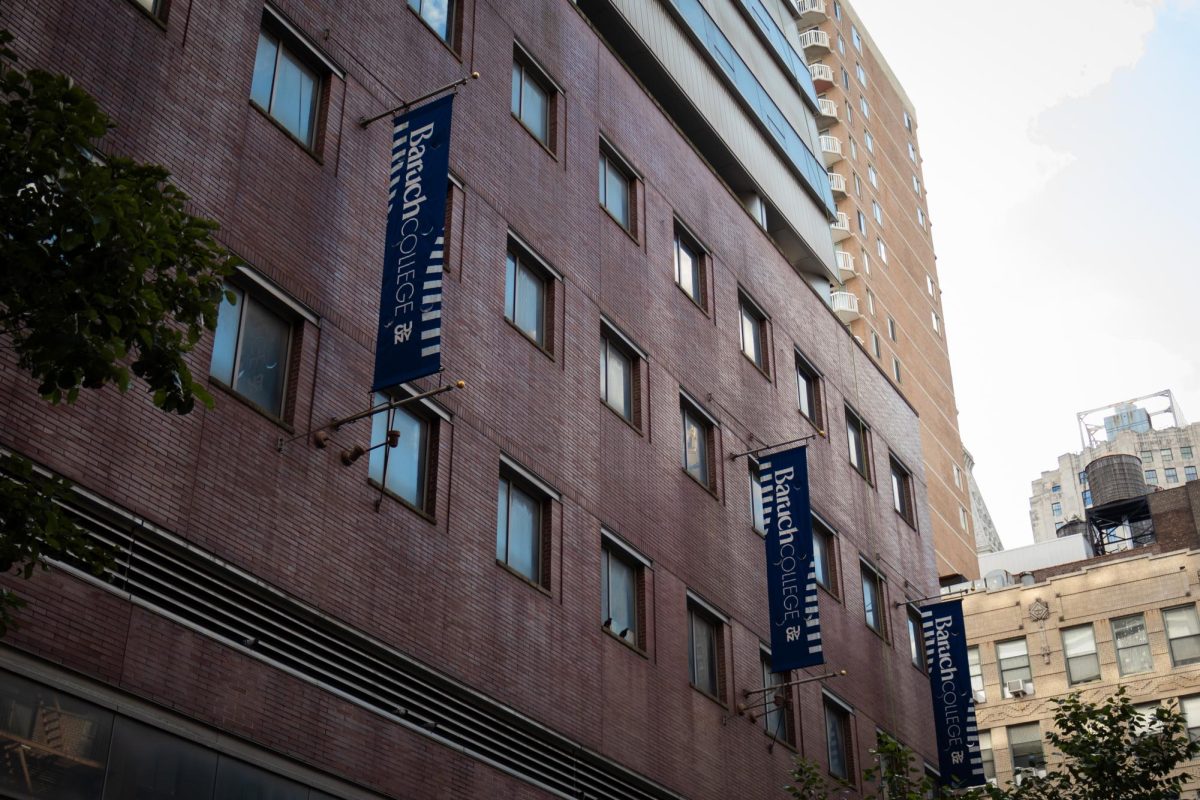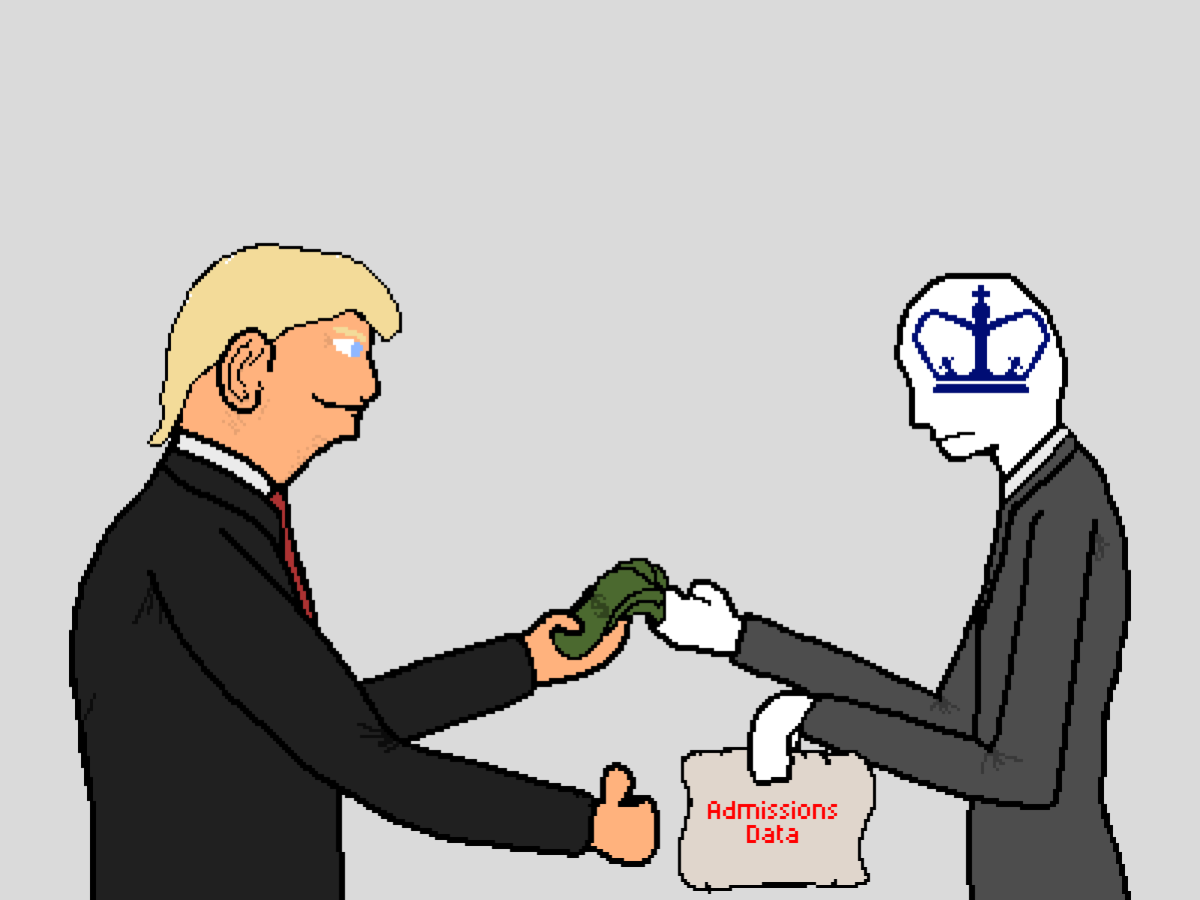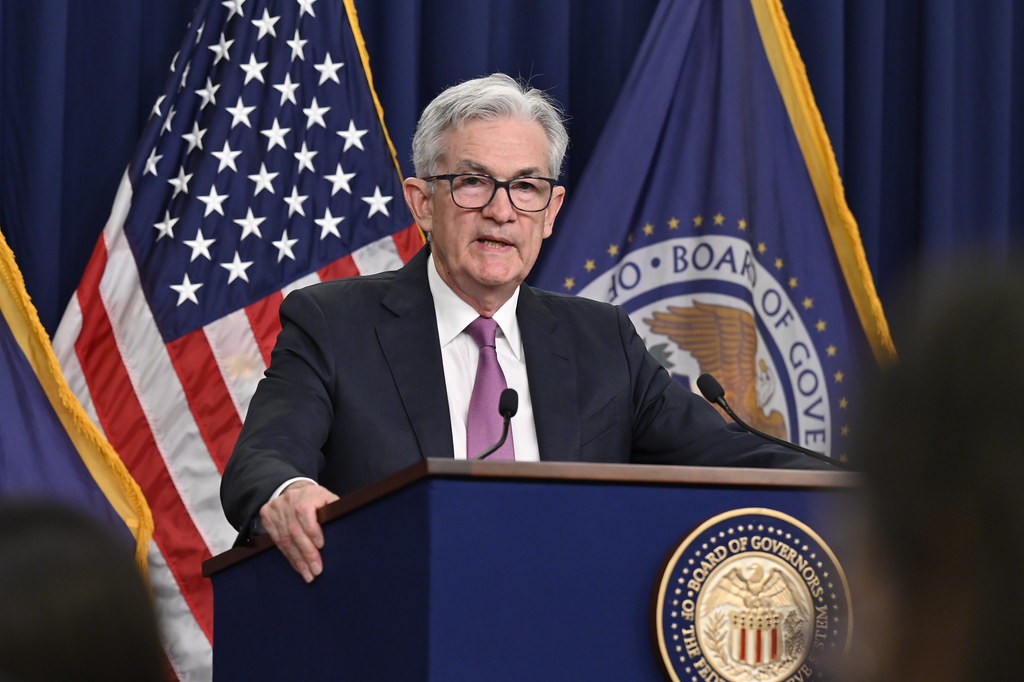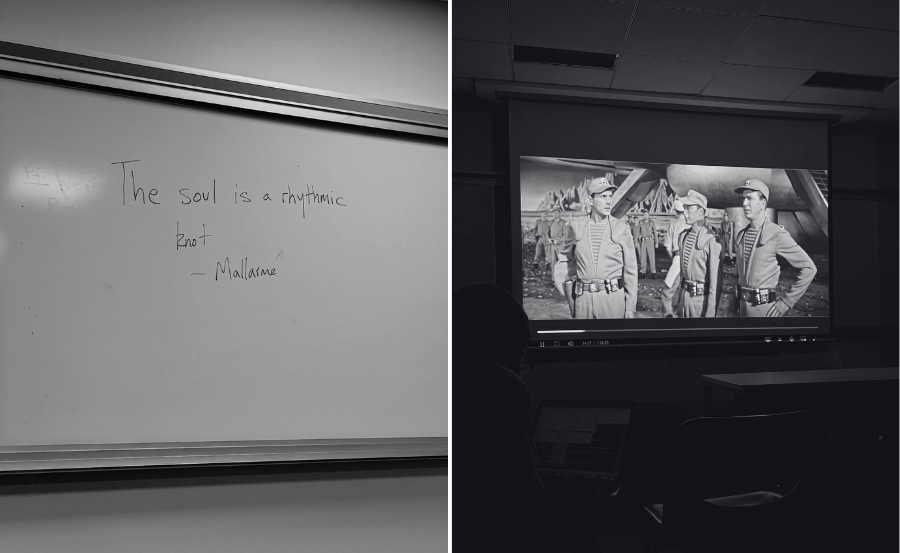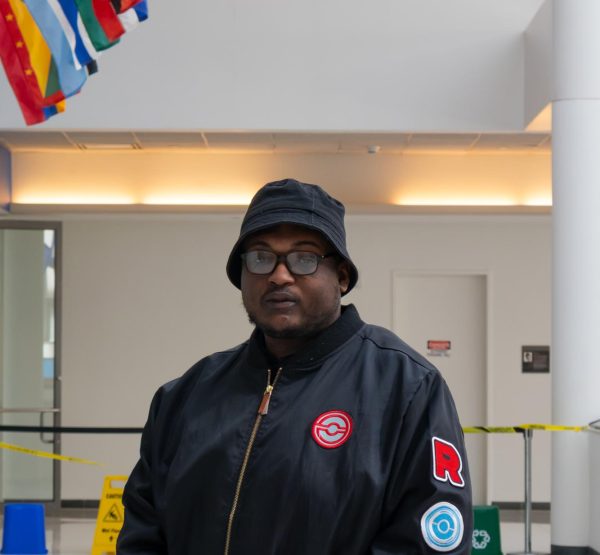New York City’s subway system took a major hit during the COVID-19 pandemic. Although ridership has slowly returned, the return to pre-pandemic ridership levels is still far. While the fare increase will hurt many New Yorkers, the Metropolitan Transportation Authority’s decision to raise its fare during a post-pandemic economy should not be treated as blindsided news.
The MTA board voted to raise the base fare for subway and bus rides from $2.75 to $2.90, and implemented the raise on Aug. 20. Fares for express buses increased from $6.75 to $7 while the Long Island Rail Road and Metro-North Railroad saw increases up to 4.5%.
Higher fares from the MTA can be burdensome for low-income New Yorkers, making public transportation less accessible to communities who rely on it the most.College students are harshly impacted as well.
One student told Spectrum News about the difficulties of the fare increase, already dealing with tuition and living expenses as students in New York City.
“Raising the fares to me means more financial stress,” the student said.
The MTA’s Chief Executive Officer, Janno Lieber, has acknowledged the financial stress the fare increase poses, but insists that it is necessary for the MTA’s future.
“It’s not without its downsides because anytime you’re asking people to pay a little more, that has consequences,” Lieber said. “But for everybody who depends on this transit system — like I always say, mass transit is like air and water for New Yorkers — we need it.”
The MTA decision should come as no shock, as a previous press release stated that the transit company agreed to increase the fare prices every two years. However, the move was halted in 2021 when Governor Kathy Hochul provided them with much needed funding.
According to data compiled by the Office of the New York State Comptroller, the pandemic had a devastating impact on subway ridership. The MTA saw a huge drop in subway ridership starting in March 2020 when lockdowns went into effect.
In April 2020 the city saw a 8.3% decrease compared to the previous year.
The American Public Transportation Association found that larger cities were hit the hardest when it came to ridership. About 71 percent of the largest transit groups with over $200 million budgets predicted financial hardships in the next five years.
If the MTA is going to stand by their decision to increase fares across the transportation system, then the people of New York must ensure that the money is properly being distributed to key initiatives that would benefit city infrastructure.
But investment in key infrastructure projects must go beyond luxurious areas, including Hochul’s plans for a new Penn Station development.
Transportation advocates must call on the MTA to direct funds to areas where transportation is nearly inaccessible. In a 2018 study by StreetEasy, the worst neighborhoods for access were found mostly in the South Brooklyn area, including Dyker Heights, Borough Park, Coney Island and Bensonhurst.
Additionally, funding from the fare increase should be directed toward creating more bus lanes where the nearest train stations are three or more miles away from residences.
Many New Yorkers will be heavily affected by the MTA’s decision to increase the fare prices. Considering the specific context and the potential trade-offs between revenue, accessibility and societal impacts is necessary, especially since commuting prices affect people’s everyday lives.
Transit experts should keep in mind that the new financial move could lead to an increase in fare evasion, another issue that the MTA was already dealing with.


